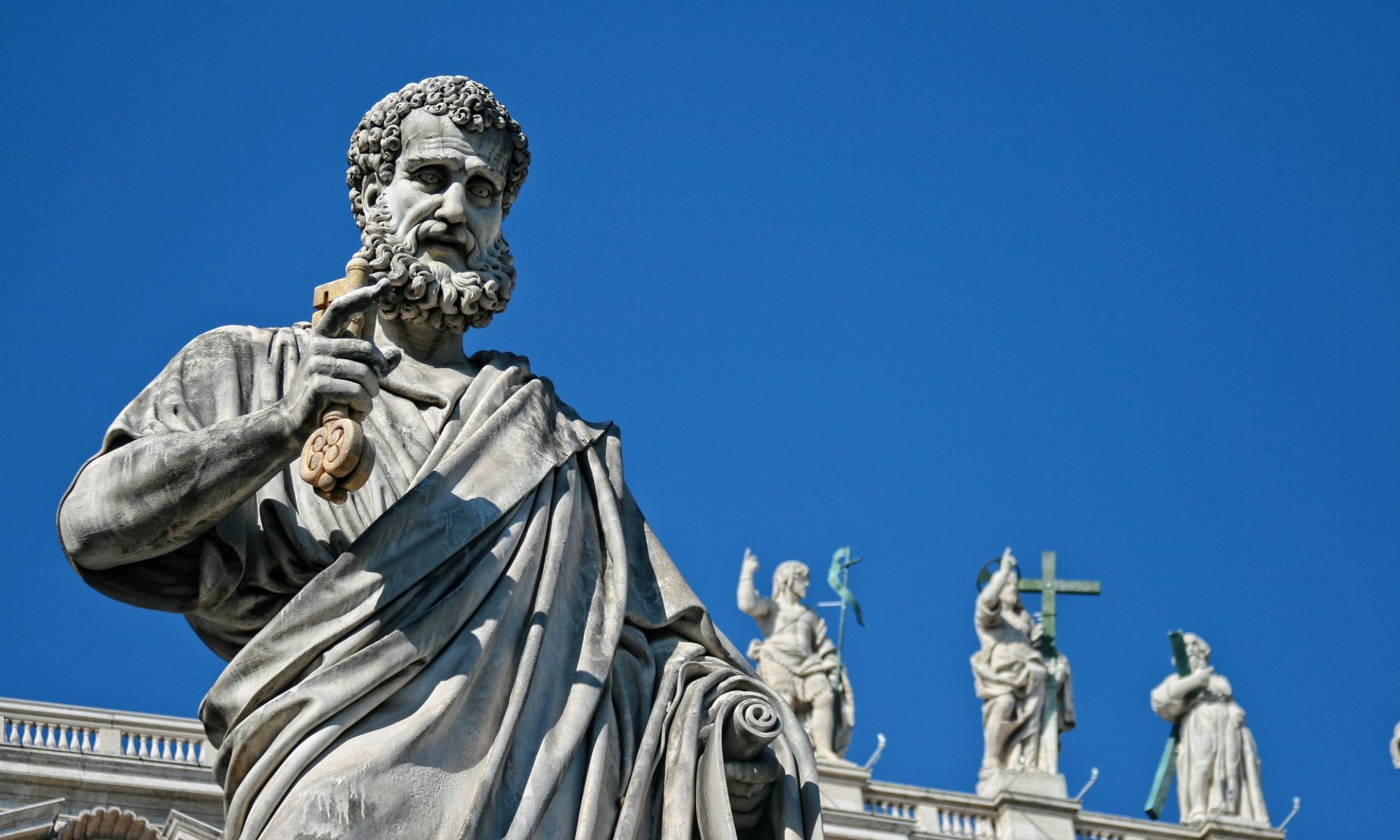15 de Octubre 2013
“Dondequiera que María es venerada y se lleva a cabo la devoción a ella, allí la Iglesia de Cristo no existe”. Si Karl Barth está en lo cierto, la Iglesia de Cristo no estaba presente el día 13 de octubre en la plaza de San Pedro cuando el Papa Francisco encomendó el mundo a María.
Se le ofreció la ocasión en la veneración de la estatua de Nuestra Señora de Fátima que se había llevado a Roma para un día mariano especial. El marianismo es una de las claves para interpretar el presente pontificado y esta celebración destaca aún más su difusión.
¿Encomendar el mundo a María?
Si Francisco parece romper con muchas convenciones por la forma en que vive su papel de Papa, es muy tradicional en lo que se refiere a su marianismo.
Encomendar el mundo al Inmaculado Corazón de María lo hizo Pío XII durante la Segunda Guerra Mundial (1942) y fue realizado dos veces por Juan Pablo II (1982 y 1984). Francisco sigue, por tanto, una tradición establecida en el siglo XX que unifica el catolicismo romano pre- y post-Vaticano II.
Estos actos son respuestas al mensaje que María supuestamente dio a los tres jóvenes pastores de Fátima (Portugal) en 1917.
La consagración del mundo a María es, por consiguiente, algo que proviene de una reciente visión mariana, sin ningún respaldo bíblico. Encomendar el mundo es una acción muy importante pero uno se pregunta si los cristianos están, en cambio, convocados o no por la Palabra de Dios a confiar sus vidas al Creador (p.e. 1 Pedro 4:19) o hacer sus peticiones al Mismo Dios (p.e. Filipenses 4:6). El mundo fue encomendado por Dios el Padre a Dios el Hijo (1 Corintios 15:27) y no hay ninguna evolución mariológica que pueda revocar esta verdad.
¿Qué significa este acto?
¿Qué significó para el Papa Francisco encomendar el mundo a María? Fundamentalmente, el Papa rezó una oración mariana que contenía una serie de declaraciones y compromisos de largo alcance que, bíblicamente hablando, son adecuadas si son dirigidas al Dios Trino, pero no si en su lugar se pone a “María”.
Una muestra: “Confiamos que cada uno de nosotros es precioso ante tus ojos y que nada que more en nuestros corazones te es desconocido”. Al llegar a este punto un cristiano ordinario preguntaría: ¿no dice la Biblia que somos de gran valor a los ojos de Dios (p.e. Isaías 43:4) pero nunca habla de María en estos términos?
Además, ¿esta afirmación implica que María conoce la profundidad de nuestros corazones? ¿Es ella omnisciente, en lo que se refiere a los atributos que pertenecen sólo a Dios? Según la Biblia, Dios el Padre conoce los secretos del corazón (Salmo 44:21), Dios el Hijo conoce los pensamientos de los hombres (p.e. Mateo 9:4), Dios el Espíritu intercede por nosotros con gemidos que no pueden expresarse con palabras (Romanos 8:26).
Otra manifestación: “Guarda nuestras vidas en tus brazos”. Se representa a María como la encargada de la defensa y el cuidado de nosotros, o sea, otro atributo que la Biblia relaciona sólo con Dios. Dios el Padre preserva las vidas de los santos (p.e. Salmo 97:10) y el Señor Jesús protege a los que le fueron dados por el Padre (Juan 17:12). Es el poder de Dios que guarda sus criaturas a través de la fe (1 Pedro 1:5). María no tiene ningún papel en esto. Por otra parte, es Dios quien levanta “los corderos en sus brazos” (Isaías 40:11). María extendía sus brazos al niño Jesús, pero en ninguna parte de la Escritura se nos dice que podemos esperar su abrazo.
Una enunciación final de la oración contiene la siguiente invocación: “revitaliza y alimenta nuestra fe; sustenta e ilumina nuestra esperanza; inspira y anima nuestra caridad”, como si María tuviera asignado este papel. La Biblia enseña que los creyentes piden a Jesús que les ayude a crecer en su fe (p.e. Marcos 9:24), tienen su esperanza en Dios (p.e. Hechos 24:15) y saben que el amor es el fruto del Espíritu Santo (Gálatas 5:22).
El problema con esta mariología papal es que es totalmente injustificada si la fe cristiana se basar únicamente en la Palabra de Dios.
A pesar de todo lo que se ha dicho en los círculos ecuménicos acerca del re-acercamiento entre los católico romanos y los protestantes evangélicos en tormo a la Biblia, este acto de encomendación a María demuestra que sus diferencias no son una cuestión de matices sino de asuntos fundamentales que se encuentran en el corazón de la propia fe.
Afortunadamente, “la Tierra es del Señor con todo lo que hay y vive en la misma” (Salmo 24:1) y no hay ninguna necesidad de confiarla a nadie más.
